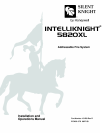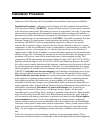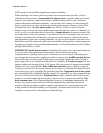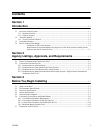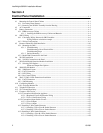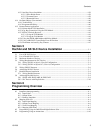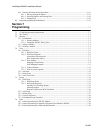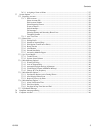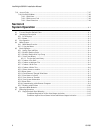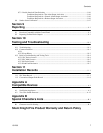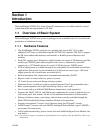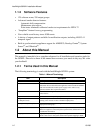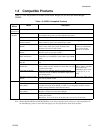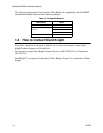
Installation Procedure
Adherence to the following will aid in problem-free installation with long-term reliability:
Installation Precautions - Adherence to the following will aid in problem-free installation
with long-term reliability: WARNING - Several different sources of power can be connected
to the fire alarm control panel. Disconnect all sources of power before servicing. Control unit
and associated equipment may be damaged by removing and/or inserting cards, modules, or
interconnecting cables while the unit is energized. Do not attempt to install, service, or operate
this unit until manuals are read and understood. CAUTION - System Re-acceptance Test after
Software Changes: To ensure proper system operation, this product must be tested in
accordance with NFPA 72 after any programming operation or change in site-specific
software. Re-acceptance testing is required after any change, addition or deletion of system
components, or after any modification, repair or adjustment to system hardware or wiring. All
components, circuits, system operations, or software functions known to be affected by a
change must be 100% tested. In addition, to ensure that other operations are not inadvertently
affected, at least 10% of initiating devices that are not directly affected by the change, up to a
maximum of 50 devices, must also be tested and proper system operation verified. This
system meets NFPA requirements for operation within the range of 0°C-49°C (32°F-120°F) or
humidity within the range of 10%-93% at 30°C (86°F) noncondensing. However, the useful
life of the system's standby batteries and the electronic components may be adversely affected
by extreme temperature ranges and humidity. Therefore, it is recommended that this system
and its peripherals be installed in an environment with a normal room temperature of 15-27º
C/60-80º F. Verify that wire sizes are adequate for all initiating and indicating device loops.
Most devices cannot tolerate more than a 10% I.R. drop from the specified device voltage.
Like all solid state electronic devices, this system may operate erratically or can be damaged
when subjected to lightning induced transients. Although no system is completely immune
from lightning transients and interference, proper grounding will reduce susceptibility.
Overhead or outside aerial wiring is not recommended, due to an increased susceptibility to
nearby lightning strikes. Consult with the Technical Services Department if any problems are
anticipated or encountered. Disconnect AC power and batteries prior to removing or
inserting circuit boards. Failure to do so can damage circuits. Remove all electronic
assemblies prior to any drilling, filing, reaming, or punching of the enclosure. When possible,
make all cable entries from the sides or rear. Before making modifications, verify that they
will not interfere with battery, transformer, or printed circuit board location. Do not tighten
screw terminals more than 9 in-lbs. Over-tightening may damage threads, resulting in
reduced terminal contact pressure and difficulty with screw terminal removal. Silent Knight
fire alarm control panels contain static-sensitive components. Always ground yourself with a
proper wrist strap before handling any circuits so that static charges are removed from the
body. Use static suppressive packaging to protect electronic assemblies removed from the
unit.
Follow the instructions in the installation, operating, and programming manuals. These
instructions must be followed to avoid damage to the control panel and associated equipment.



